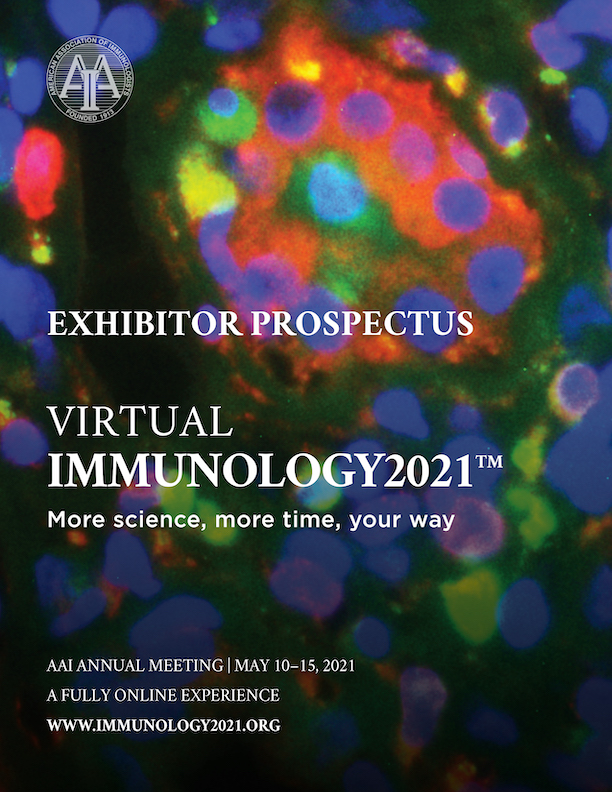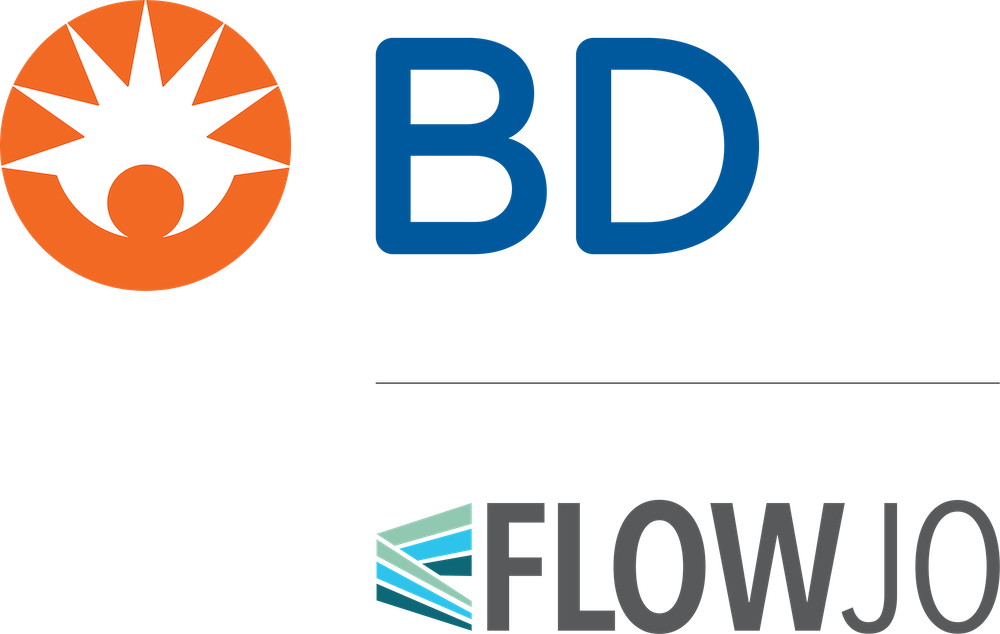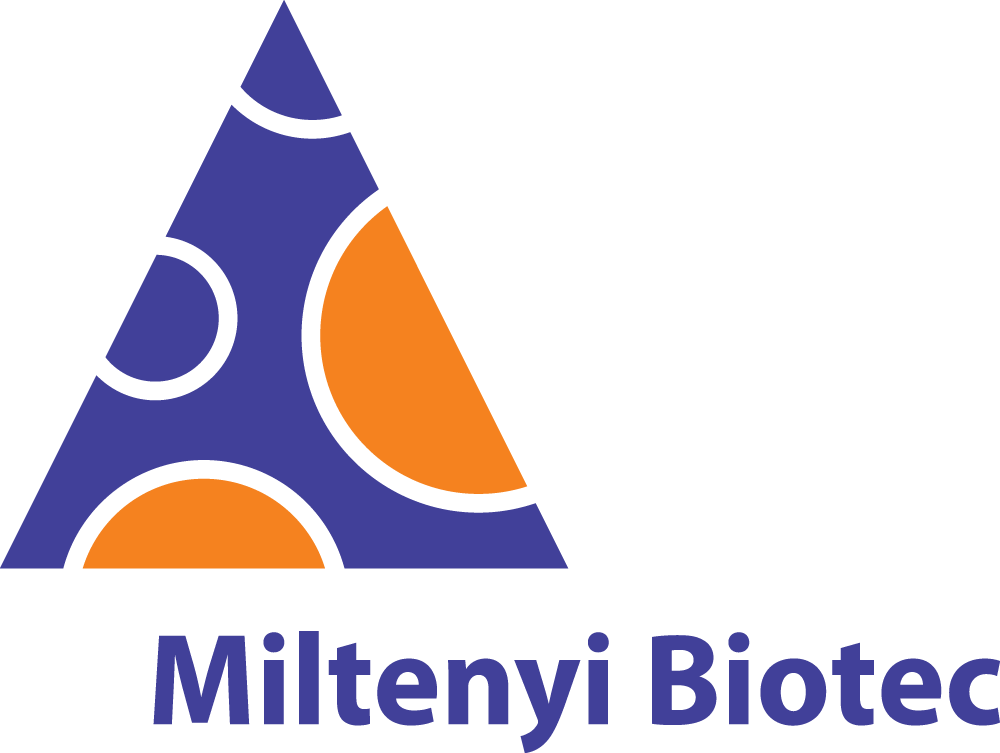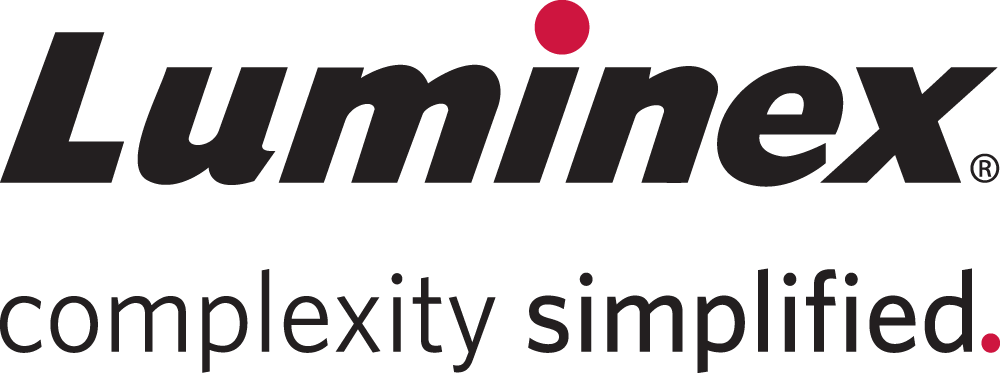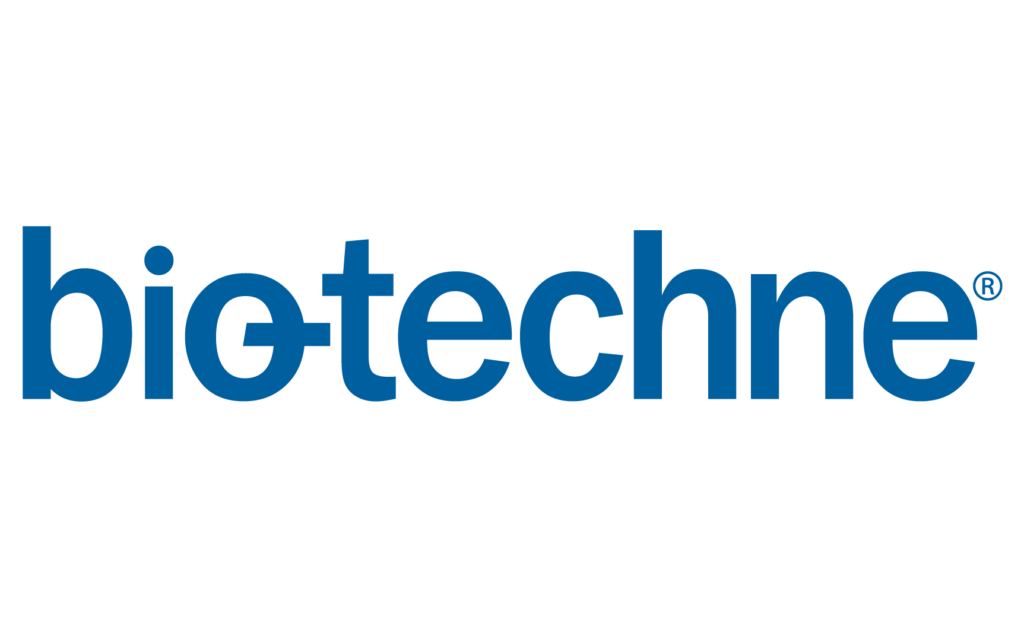Join us for Virtual IMMUNOLOGY2021™, the world’s largest annual all-immunology meeting, bringing together thousands of scientists at every career stage to discuss their cutting-edge research. International leaders in immunology and talented trainees will participate. Many more scientists will have the ability to attend the meeting in a virtual format offering both live and on-demand sessions.
Any company with products or services that are essential or supportive to researchers in the field of immunology or have innovations that will improve or accelerate laboratory results should exhibit.
As an Exhibitor at IMMUNOLOGY2021™, you can expect to:
- Sell. 85% of 2019 attendees surveyed are involved with their labs’ purchasing decisions.
- Meet new customers. 59% of attendees went to the Exhibit Hall to find a new supplier, technology, or product.
- Visit with current customers. 64% of attendees who visited the Exhibit Hall went to meet with their current suppliers.
The Virtual Exhibit Hall will be open for five days with daily unopposed Exhibit Hall Hours. Attendees will be able to visit booths and learn more through product videos and resources, engage through Live Chat and/or scheduled appointments, and attend Workshops.
Join our growing list of exhibitors
- Adaptive Biotechnologies
- Agilent Technologies
- Akadeum Life Sciences, Inc.
- ALZET Osmotic Pumps/DURECT Corp.
- American Association of Immunologists
- Applied Cells, Inc.
- BD Biosciences
- Beckman Coulter Life Sciences
- Bio X Cell
- Biocompare
- BioLegend
- Bio-Rad Laboratories
- Bio-Techne
- BTX
- CDI Laboratories
- Cedarlane
- CELLINK
- Cytek Biosciences
- ECI
- EpigenDx, Inc.
- Fluidigm
- Grifols
- Hamilton Company
- Immudex
- The Jackson Laboratory
- Journal of Experimental Medicine/Rockefeller University Press
- The Journal of Immunology/ImmunoHorizons
- Life Diagnostics, Inc.
- Luminex Corporation
- MilliporeSigma
- Miltenyi Biotec
- NanoCellect Biomedical, Inc.
- NanoString
- Nicoya
- Olink Proteomics
- PBL Assay Science
- PEPperPRINT GmbH
- PeproTech
- Quanterix
- Sarstedt
- Science Immunology/AAAS
- Sony Biotechnology
- Springer Nature
- STEMCELL Technologies, Inc.
- Stratedigm, Inc.
- 10X Genomics
- Tercen
- Thermo Fisher Scientific
- Tonbo Biosciences
- Worthington Biochemical Corporation
Please contact the AAI Exhibits Manager at exhibits@aai.org if you are interested in this opportunity!
FAR 889 Compliance
AAI (DUNS 037758729; CAGE Code 3YBT8) has already made the 52.204-26 Covered Telecommunications Equipment or Services Representation via the System for Award Management (SAM.gov), which you can find in this document (PDF) and on the AAI SAM.gov profile. Per the Interim Rule in 85 FR 53126 (Aug. 27, 2020) and Federal Acquisitions Regulations 52.204-24, your office can rely on 52.204-26 representation made by AAI and is, therefore, in compliance with FAR889.

